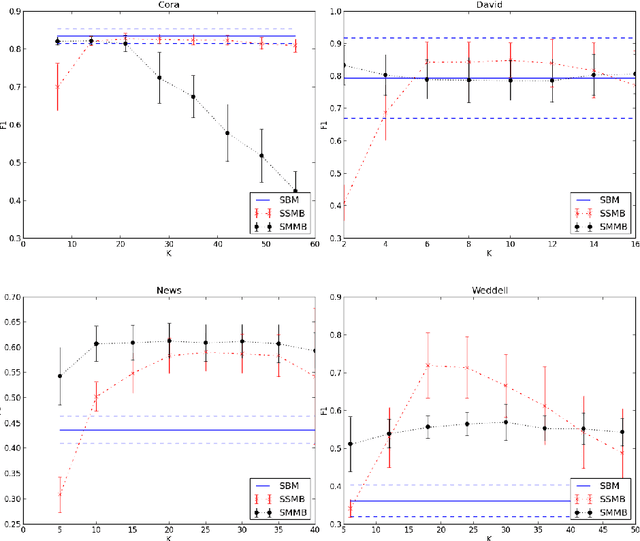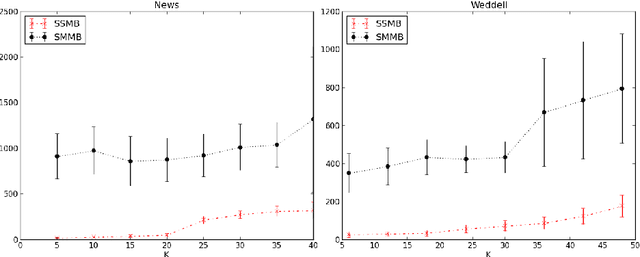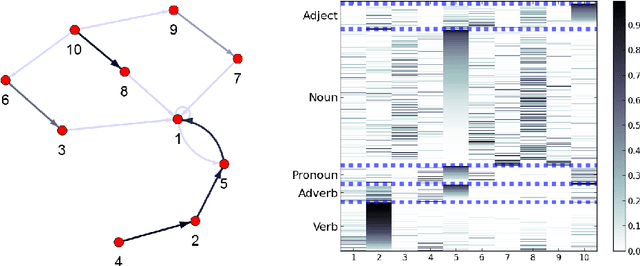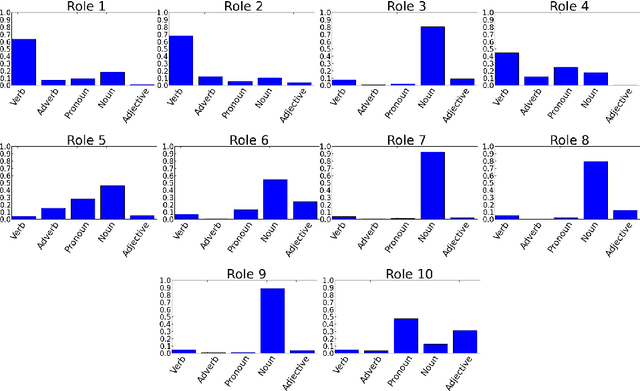Supervised Blockmodelling
Paper and Code
Sep 25, 2012



Collective classification models attempt to improve classification performance by taking into account the class labels of related instances. However, they tend not to learn patterns of interactions between classes and/or make the assumption that instances of the same class link to each other (assortativity assumption). Blockmodels provide a solution to these issues, being capable of modelling assortative and disassortative interactions, and learning the pattern of interactions in the form of a summary network. The Supervised Blockmodel provides good classification performance using link structure alone, whilst simultaneously providing an interpretable summary of network interactions to allow a better understanding of the data. This work explores three variants of supervised blockmodels of varying complexity and tests them on four structurally different real world networks.
 Add to Chrome
Add to Chrome Add to Firefox
Add to Firefox Add to Edge
Add to Edge